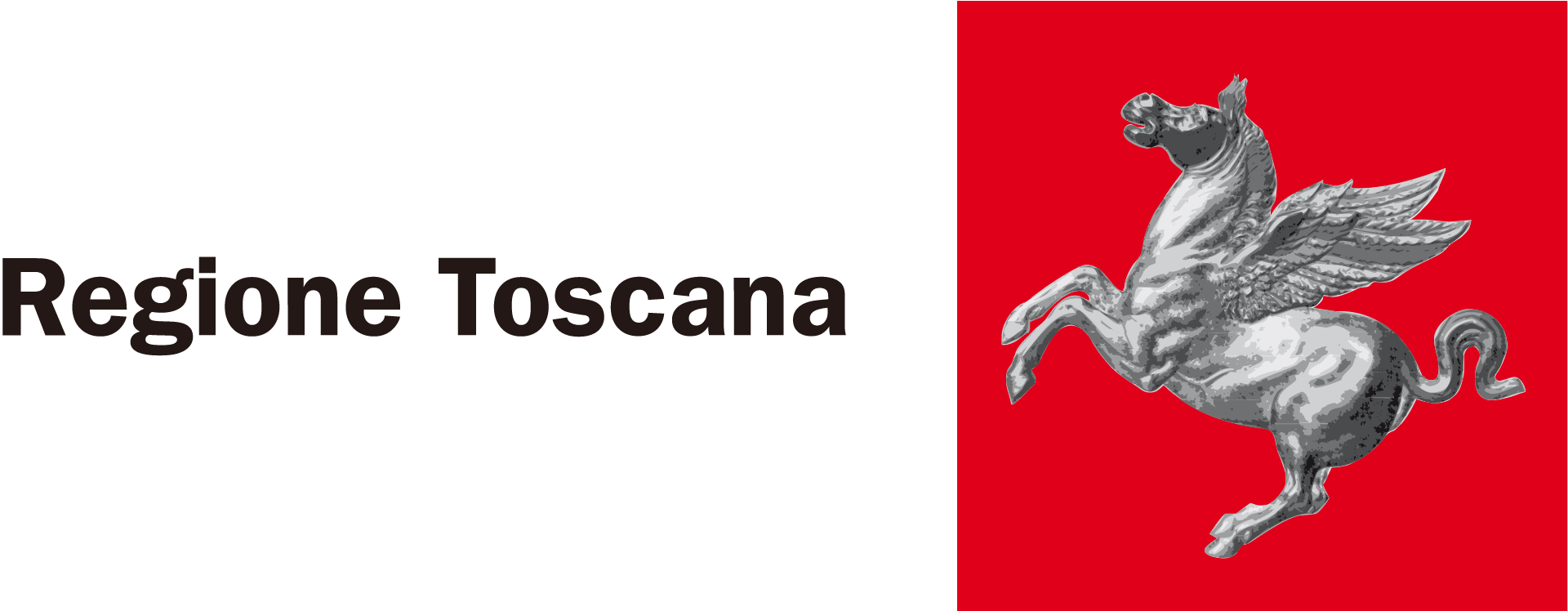Well Being
Social and Individual Well-being as Multi-Dimensional Notions
Well-being is multi-dimensional: it is linked to many indicators that describe various aspects with an influence on the quality of life, aspects that need to be connected to a series of statistical variables in order to be measured.

It is not easy to construct a single indicator to summarise all these aspects. Recently, IRPET has been working to create a single indicator to classify Italy’s provinces and regions.

The most recent surveys carried out by IRPET plus the results of the well-being ratings for the various provinces published by the Sole24ore newspaper every year show a clear difference in the positions occupied by the Tuscan provinces if they are looked at in terms of its GDP alone or by making reference to a single indicator of well-being. In the well-being table for the Italian provinces formed using a single rating, the provinces of Tuscany improve their positions greatly compared to the GDP rating. Compared to the other regions, Tuscany is rated ninth on a national scale in terms of GDP per inhabitant, while it rises to second place on the basis of the single well-being indicator. On the whole, nearly all the provinces of Tuscany improve their position in terms of GDP compared to the rest of Italy. There are many aspects that affect well-being and living conditions and their effect (on well-being) can only be determined subjectively. Underneath, we describe these aspects and show the position of Tuscany compared to the other regions.
Income and Wealth
Spendable income is reasonably high, putting Tuscany not only among the richest regions in Italy, but also in Europe. Of course, it is a long way off the richest areas: in Lombardy, the income pro capita is one of the highest in Europe (8% more then for Tuscany). The most positive aspect is the distribution of the income among the families, with Tuscany proving to be more balanced than other places. The fact that the income is spread out more equally is due to the low concentration of income from capital and the smoothing effect caused by the local government and families.

Poverty is not a serious phenomenon in Tuscany, both as regards the number of people affected and their average income. In Tuscany, the quota of relative poverty measured using the percentage of families who consume less than the average pro capita in the region is around 6%. Not a high percentage if we are also to consider the fact that the gap between the income of these families compared to the poverty threshold is smaller than in other places: the average income of the poorest families is higher than in the regions in the north of Italy.
Health and Healthcare
The standardised rate of mortality (which does not take age into account) in Tuscany is slightly higher than 6%, among the lowest in Italy (Marche, Umbria, Abruzzo and Emilia occupy better positions). In part this excellent position depends on the good state of health of the population, also linked to the climate or lifestyles (a characteristic that sets the regions in the Mediterranean apart from other regions in Europe), and in part it is also linked to a good policy of preventive health and social care that helps to lower the mortality rates (both generic and specific) even more.
Indeed, the level of healthcare is good, as shown by the low levels of avoidable deaths and the level of inefficiency of the healthcare system. On the other hand, we need to point out that the age of the population has a large impact on mortality, and overall in Tuscany, a region with a low birth rate and high average age, the mortality rate is high due to the large number of elderly people.
Environment
From the point of view of the environment, Tuscany is characterised by high social and political awareness. Nevertheless, there are problems, especially in the cities with a more dense population where the consumption of fuel for transport and heating reaches levels that need to be kept under check. Furthermore, in our region, the pressure on the environment (energy and water consumption, waste production), like in all industrialised countries, is very high. Nevertheless, this is in line with the number of inhabitants and the region’s economy. The outcome for Tuscany is extremely positive, placing it among the best regions in Italy, with the only exception of safety and stability. For more information, there is a description of the condition of the environment in Tuscany in the “Territory” section.
Safety and Crime
On the other hand, the crime situation is more controversial. Though there are few serious crimes in Tuscany (and it is in line with the other regions as regards less serious crime), the grounds for the increase in the Italian and Tuscan public opinion’s fear of crime are proven by the figures relating to reports of homicides, robberies and burglaries, the number of which grew throughout the 1990s. What is more, since 1993, the number of families who consider the area where they live at risk of crime has increased by 40%. There is more than one reason for this insecurity. In first place, there is the increase in some specific crimes, such as drug dealing and burglaries for example.

But there are also subjective reasons, such as less attention towards other types of internal social breakdown (class inequality, trade union conflicts, etc) or considering the perpetrators of crime to be foreign citizens, who are seen as different and therefore particularly threatening. Therefore, it is probable that the increase in the feeling of insecurity can only in part be justified and that it also reflects the fact that citizens are more likely to report the crimes they are affected by, in addition to there actually being a rise in some types of crime.
Education
On average, the level of schooling is not very high: compared to other European regions, there are often large differences (even though this mainly regards the older generations), but differences can also be seen compared to other Italian regions. For example, the average number years of schooling obtained by multiplying the level of education by the obligatory years of schooling is (9.6) in Tuscany: lower than in Lazio (10.3), Umbria (9.9), Emilia Romagna and Lombardy (9.8).

In addition, even those young people with a high level of qualifications find it difficult to find good job opportunities. In this connection, large differences emerge within the region: in the urban areas qualifications and employment possibilities correspond to a certain extent; in the areas with small businesses there are numerous job opportunities which are associated with leaving school at an early age straight after compulsory schooling; instead in the less developed areas (or areas traditionally with large industries), higher education at times is a sign that it is difficult to find a job, becoming a manner of avoiding the world of work. This situation is worrying on one hand, because the knowledge that derives from education is a value in itself, whether or not it is possible to find a job straight away, and on the other hand because as time passes, work opportunities, job satisfaction, and income levels will once again become directly proportionate to the level of qualifications. Choosing to go out to work early and nearby could therefore be counterproductive, definitely from a cultural point of view, but also in terms of job satisfaction throughout one’s lifetime.
Employment
Unemployment has reached very low levels in Tuscany too. However, these levels are higher than in the regions in the north. This does not mean that it is generally difficult to find work, but that there are areas where it is more difficult to find work in general, in particular for young people and women. Therefore, employment problems are restricted to certain places and categories, and here become quite accentuated. The increased flexibility of work nevertheless makes it impossible to provide a brief assessment of this phenomenon only based on the unemployment rate. If this were the case, despite the problems above, the overall picture would be very positive: in the end, in less than a decade, unemployment would have dropped by 3%, that is, around 50,000 less unemployed people. For more information, there is a description of the condition of the employment in Tuscany in the “Work” section.
Culture
Another indicator that gives an indirect assessment of well-being and the quality of life is the use of free time for culture. As far as culture is concerned, Tuscany has an enviable range of offers compared to most regions in Italy, especially in terms of art. In Tuscany, there are more than 390 museums, accounting for over 10% of the museums in Italy. Just over 2,600 people are employed in this sector, which attracts around 6 million visitors every year (more than 20% of the visitors to Italy’s museums). Second only to Lazio for the total number of visitors to artistic monuments, Tuscany holds first place for the average number of visitors per attraction, with more than 100,000 visitors per year. Of Tuscany’s cities of art, Florence leads the way, attracting more than 1 million visitors to the Galleria dell’Accademia and more than one and a half million to the Uffizi gallery. Offering more than 9,000 theatrical performances in 180 theatres scattered throughout the region and with just under 14,000 employees, Tuscany holds fifth place for the total number of tickets sold, with every inhabitant spending on average just over 9 euros. This puts Tuscany in second place in central Italy, only preceded by Lazio if we are to consider the number of tickets sold per person.

Tuscany lies just above the average in Italy as regards the amount spent per person for the theatre and museums.









